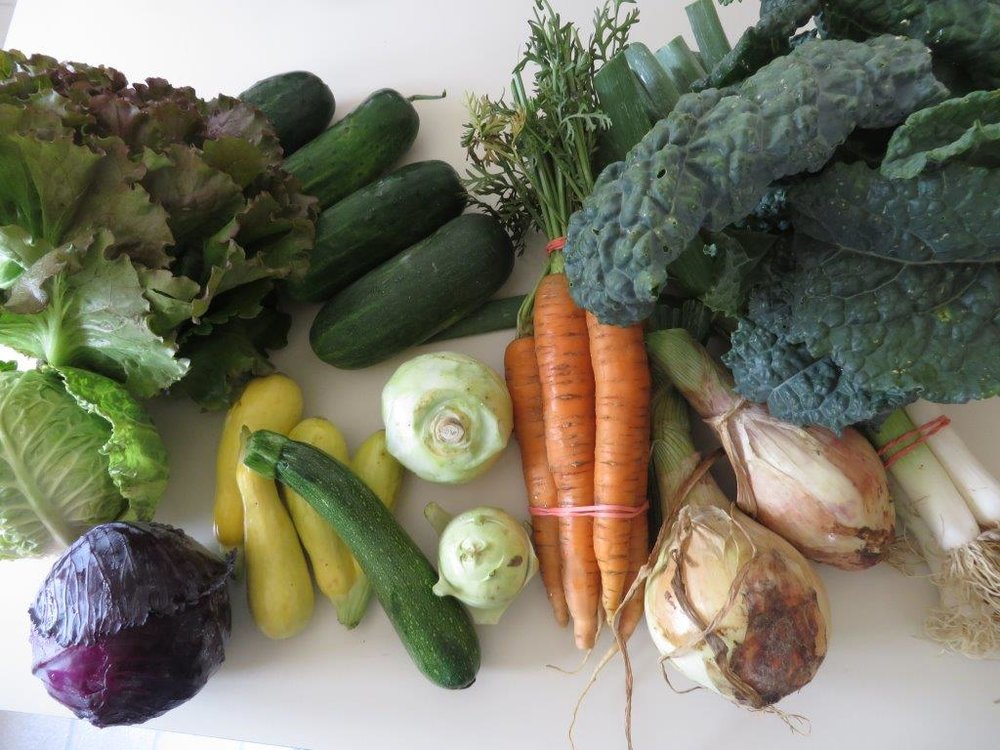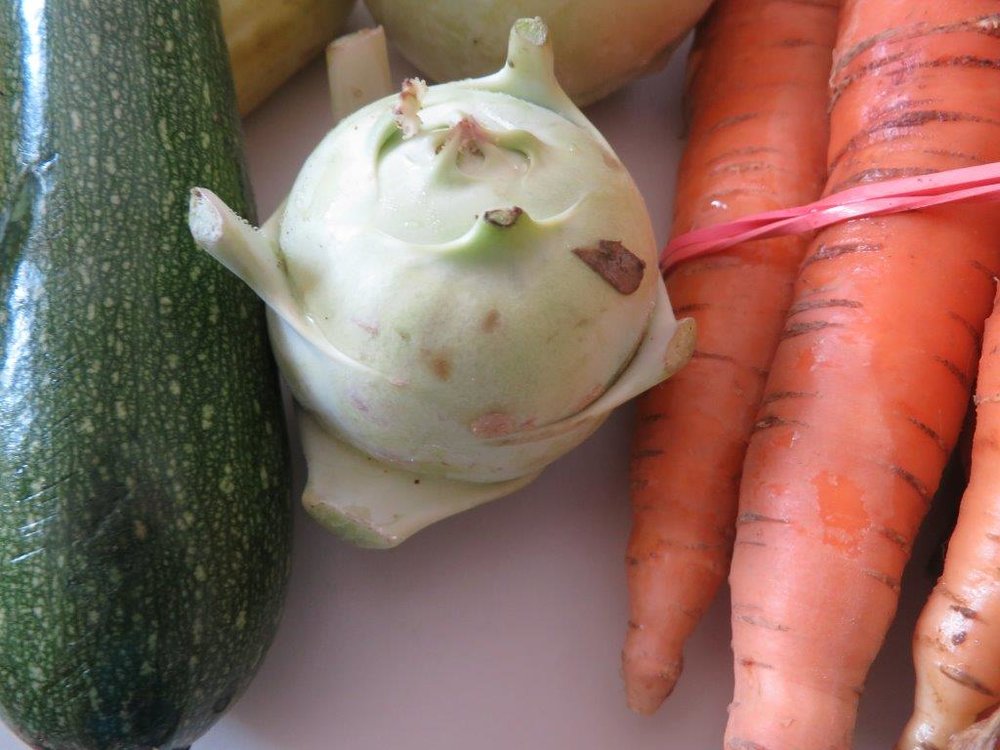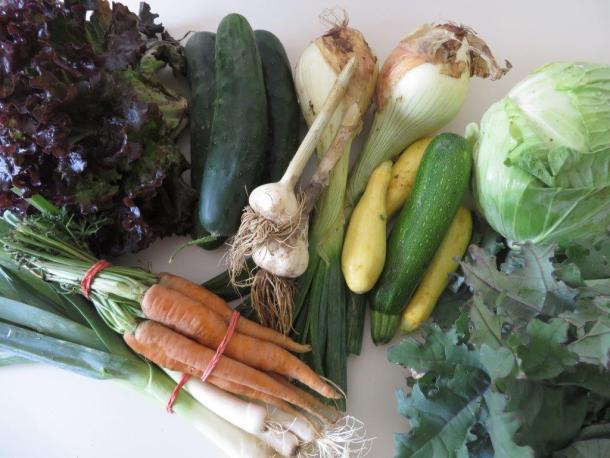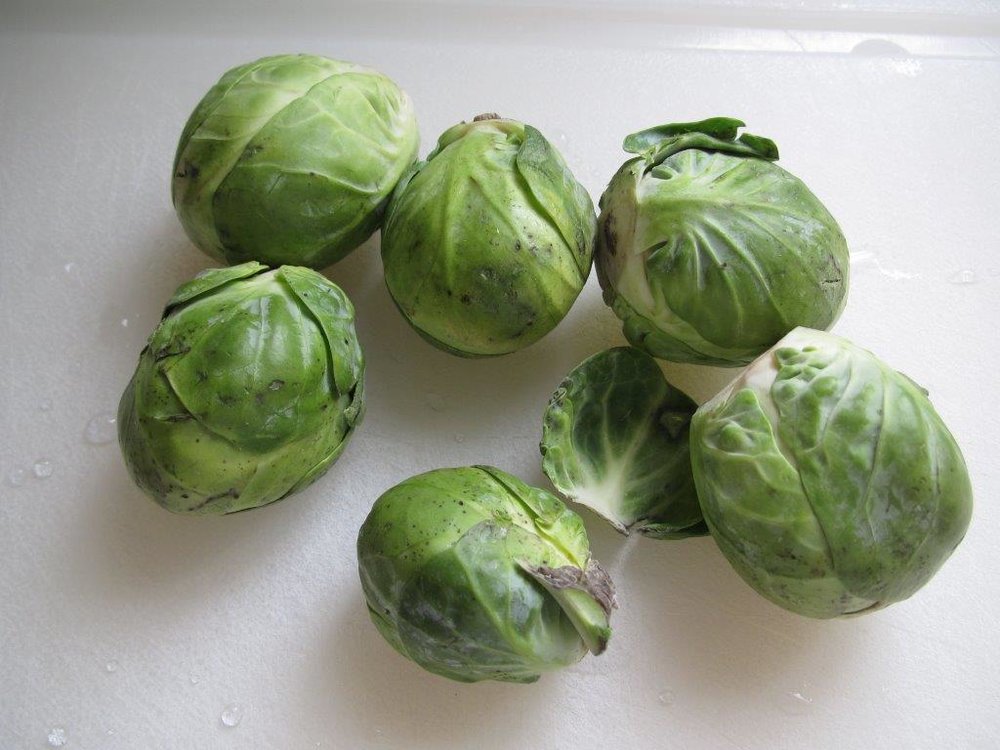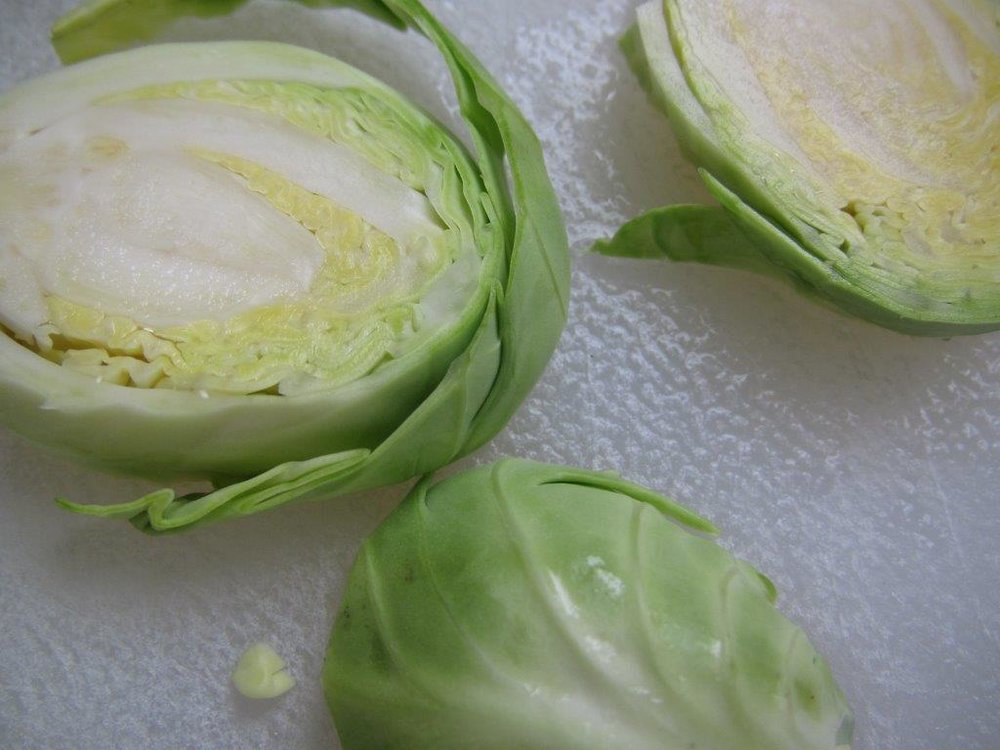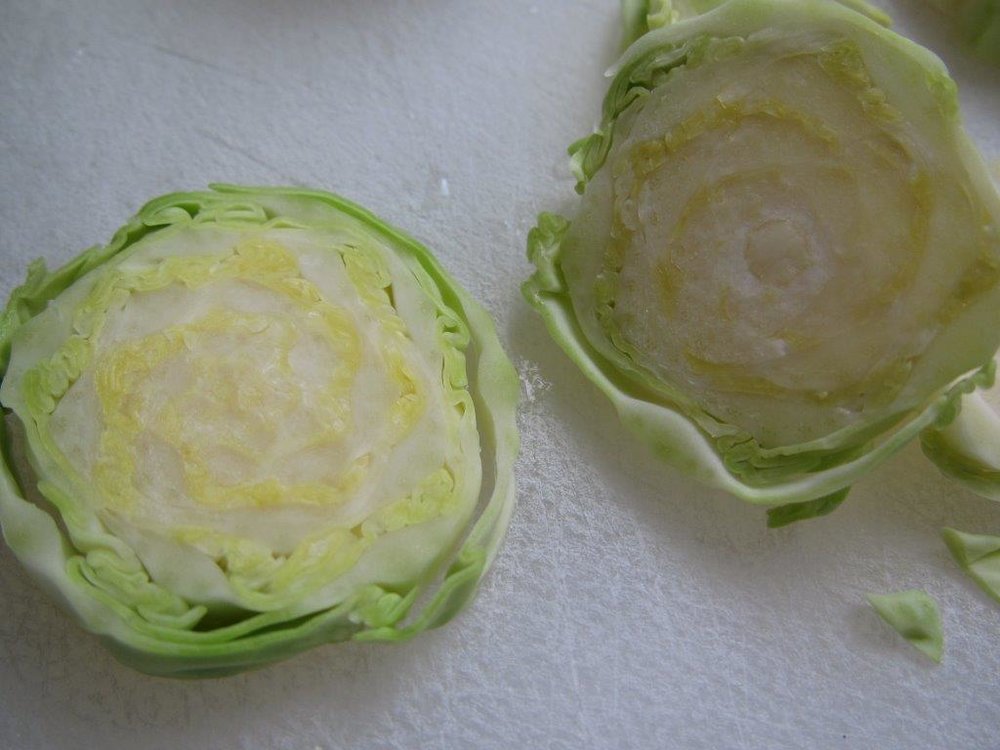CSA Week 20
/ Sigh….Next week will be the last week for our CSA. I’ll miss the creative meal planning to use up the weekly share; I’ve enjoyed it. I’ll have to shift the way I shop in my grocery’s produce section to achieve a similar result. In past years, it has been too easy to slip into the purchase of the same fresh veggies week after week.
Sigh….Next week will be the last week for our CSA. I’ll miss the creative meal planning to use up the weekly share; I’ve enjoyed it. I’ll have to shift the way I shop in my grocery’s produce section to achieve a similar result. In past years, it has been too easy to slip into the purchase of the same fresh veggies week after week.
We managed to eat the entire week 19 share so I had both crispers clear for the week 20 produce. That has worked out well. The pac choi is huge! I traded the hot peppers for arugula (someone getting a full share had put it on the trade table) but otherwise cheered for the variety and quantity of peppers: green bell peppers, sweet pepper mix and colorful bell peppers. There were the slender Japanese eggplants in the mix; they are my favorite for stir fries. I used one in the stir fry last night along with stems and leaves from one of the kohlrabi, some arugula, and some pac choi. I am trying to decide if I want to use the broccoli in soup or salad!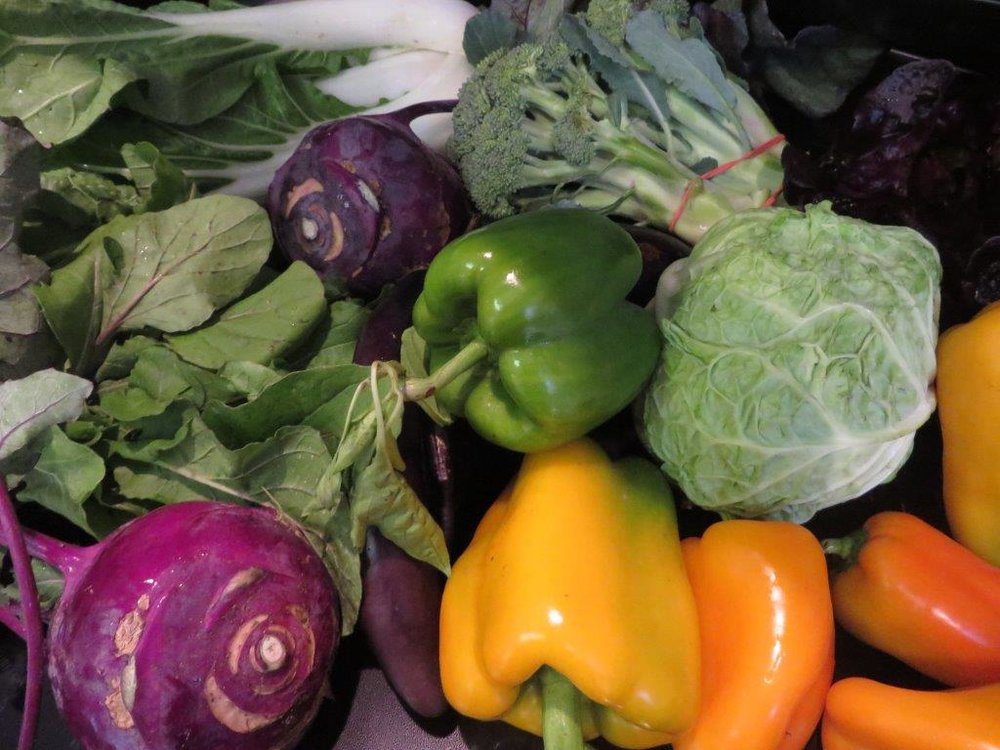
I have a few things that will last for quite a while from the CSA: garlic, sweet potatoes, and butternut squash. I’ve added the sweet potatoes from the CSA to the ones I harvested from by deck garden. The pile is in the glass bird bath that I recently brought indoors for the season.


